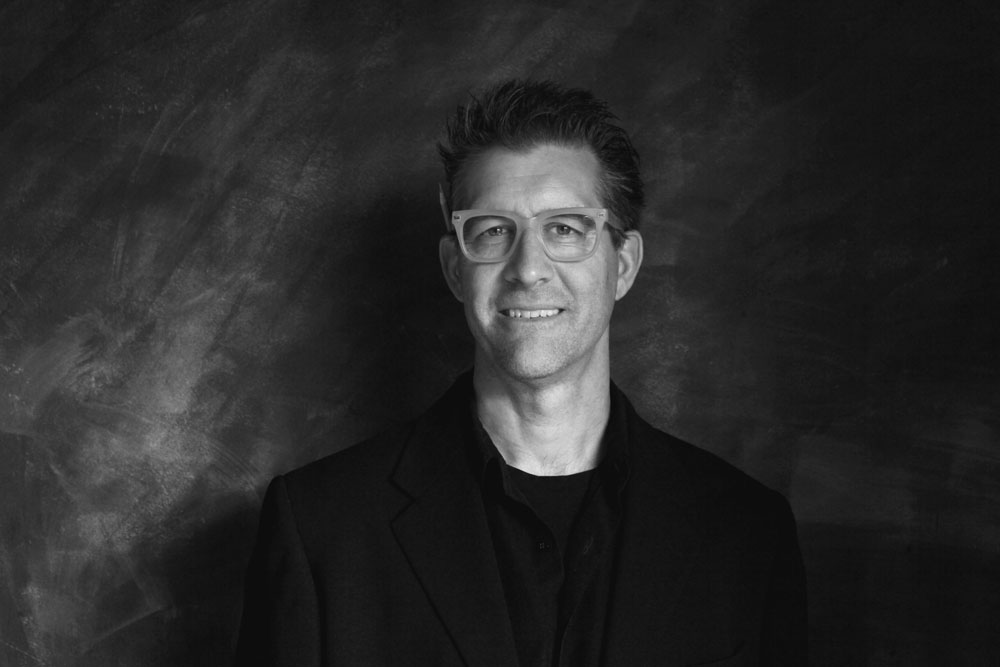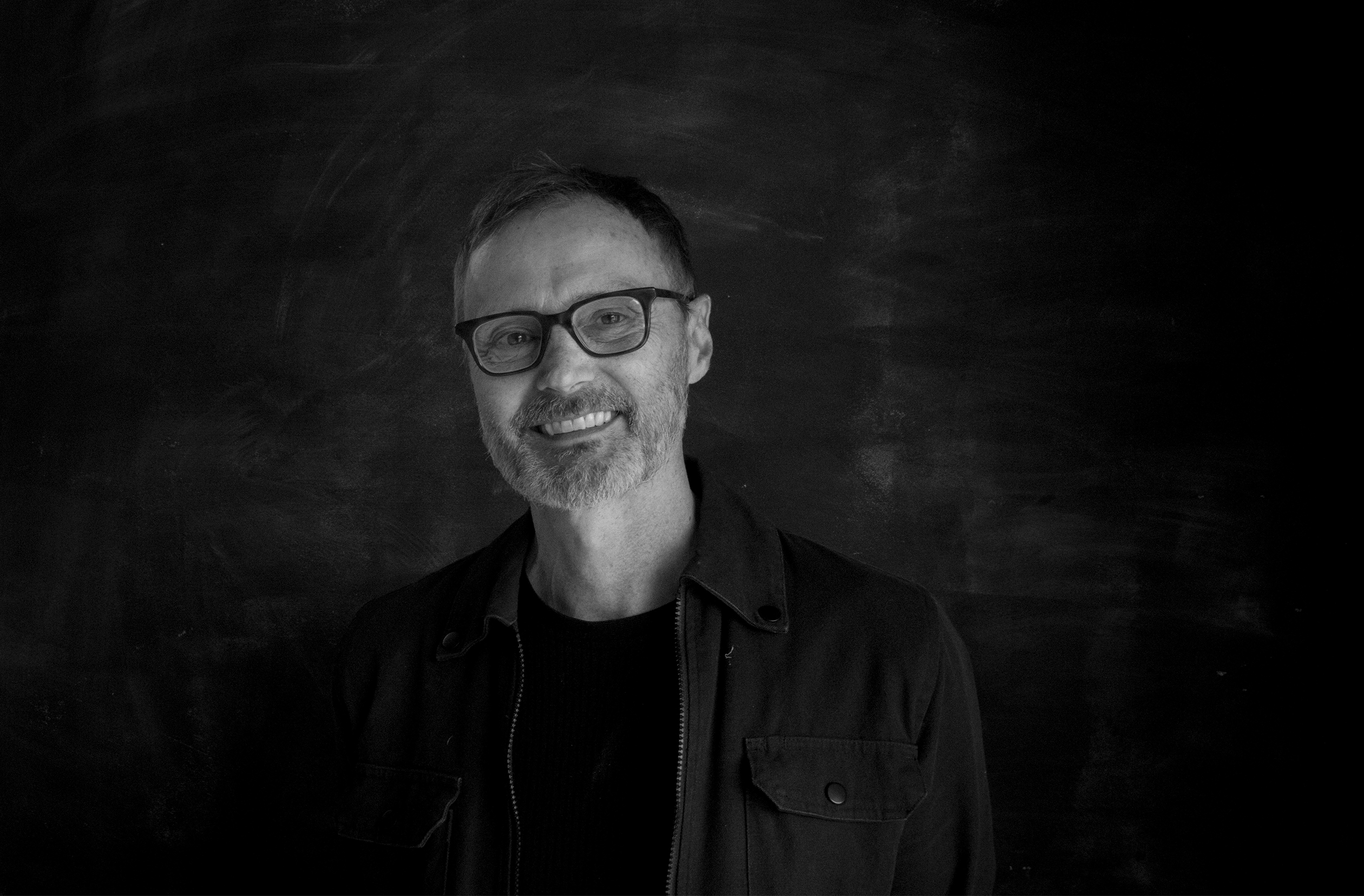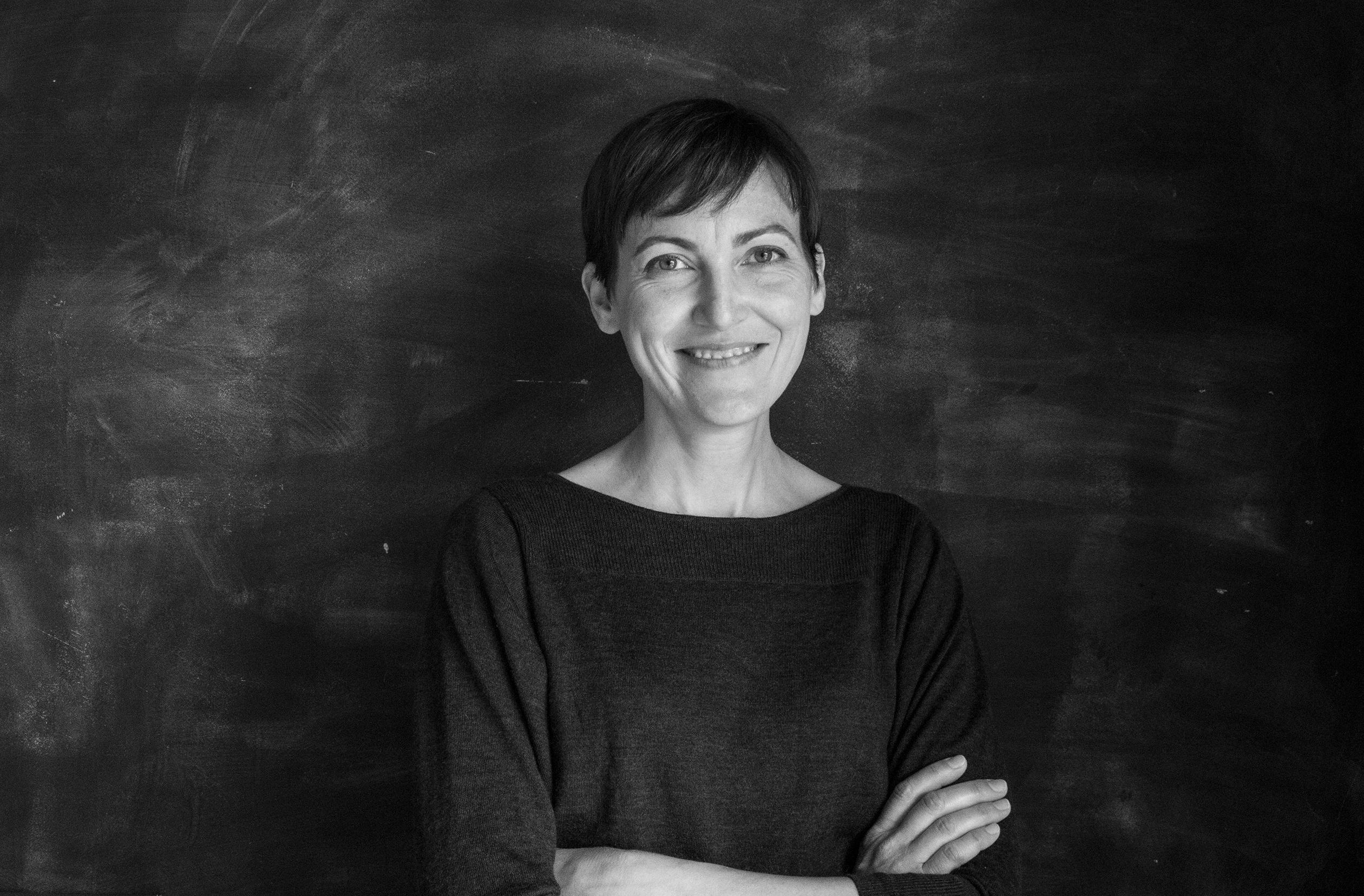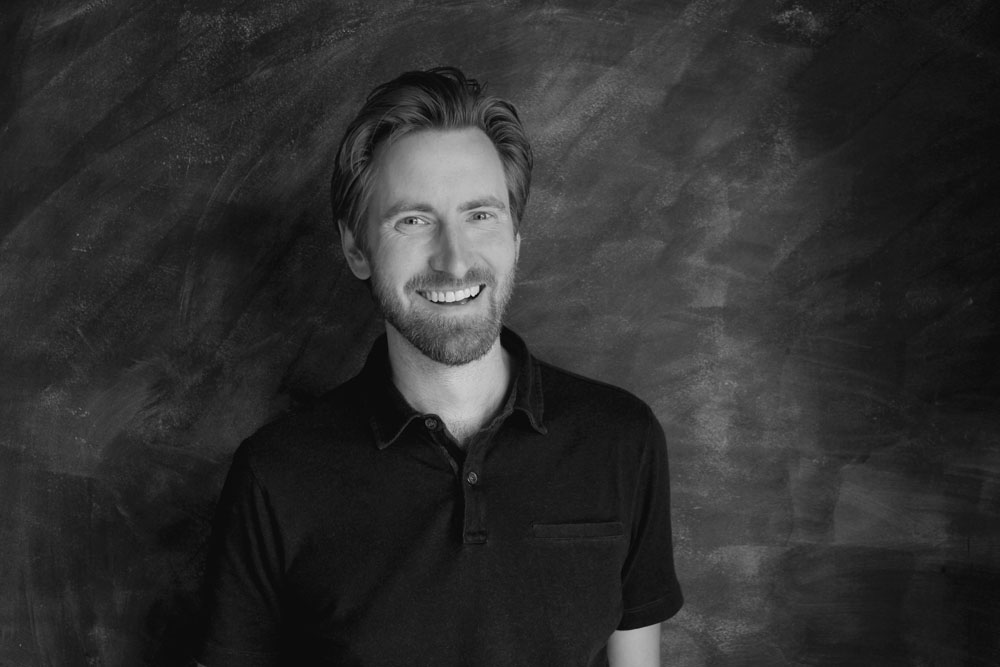MISSION
Alchemy makes stimulating, engaging, and efficient design accessible and affordable for a wide audience.
Geoffrey Warner’s FAIA submission illustrates the path he’s led Alchemy along to get to where it is today.
PHILOSOPHY
Alchemy’s distinct hands-on approach to architecture and design combines a playful design process, collaborative relationships with clients, and partnerships with builders and fabricators to create a harmonious blend of site, building, and community. With sustainable practices as a mainstay of our daily work, Alchemy utilizes recycling and reuse along with building strategies that reduce waste.
Our multidisciplinary team draws inspiration from art, literature, history, and leading creative thinkers to create alternative and atypical project solutions.
DESIGN
Alchemy has been using efficient building methods since its founding in 1992. We utilize updated building science principles and innovative materials whenever possible. Our innovative weeHouse® system and farm-tech projects have gained national + international recognition.
LUXURY OF LESS
Each Alchemy project exemplifies our dedication to limiting waste and maximizing the impact of our efforts. We leverage the intimacy of our (typically) smaller footprints with a modern aesthetic by efficiently using space, technology, and good environmental stewardship. By combining low-tech passive solar principals with the high-tech renewable energy technologies, we continue to develop work that is functional and efficient. Our goal is to make meaningful, engaging, and efficient design accessible.
Turning the mundane into gold—how can Alchemy deliver design to you?
HISTORY
Geoffrey C. Warner, AIA, established Alchemy in 1992 after working in traditional architectural design offices and spending time in on-site construction. In 2003, Alchemy designed (and built!) the first weeHouse as an inexpensive prefab cabin as a rural getaway for a family of two. The Arado weeHouse, set near Lake Pepin on the Mississippi River, gained international attention as a symbol of architectural optimism.
Alchemy developed the weeHouse into a system: prefabricated structures serving as cabins, houses, offices, rooftop studios, and multi-unit developments. To-date, there are over 5 dozen prefabricated and site-built weeHouses (and not-so-weeHouses) around the United States.
Other Alchemy projects include hybrid modular and panelized structures, BarnHouses (lofted interiors), LightHouses (accessory dwelling units), and custom homes. See our project portfolios to learn more.
TEAM

Geoffrey Warner, FAIA
Architect
Geoffrey C. Warner is the principal architect and owner of Alchemy. His formal education came from the University of Minnesota where he continues to teach and mentor. He received the distinction of Fellow by The American Institute of Architects in 2021.
Back in 1989, a general impatience with business-as-usual led him to quit his day job as an architect to get real, hands-on building experience. Since then, he has designed (and constructed) buildings, furnishings, lighting—even kite boards—in a wide range of materials using hand, machine, and CAD-based processes of art and industry, maximizing the impact of modest budgets through creative construction technologies.
He currently lives in the Linden Hills weeHouse with his family after years of living in eclectic, self-renovated bungalows. He leads Alchemy with a spirit of adventure, discovery, and collaboration. Each project, regardless of size or intent, is a ‘best project’ for architecture and art.
Bryan Carpenter
Senior Designer
Bryan has worked within the realms of sculpture, public art, and architecture. Formally educated at the University of Minnesota’s School of Architecture, he acquired a more hands-on education via many direct experiences and past collaborations, wearing dual caps of fabricator and designer.
Bryan’s past work includes spas, distinctive office and retail environments, and many many many residential projects, both new and renovated. At Alchemy, he uses his multifaceted experiences and influences as tools to transform places and programs into successful designs: built environments that bring enrichment to users while making a lighter environmental footprint on our planet within reasonable means.

Marcy Conrad Nutt, AIA, CPHD, LEED AP
Architect
Always curious and resourceful, Marcy spent many a summer’s day climbing through home construction sites and abandoned farm houses as a child, exploring their spaces and structures. Today, she still loves pulling on her boots and hard hat to visit a site, being part of a collaborative team, and exploring best practices to reduce our industry’s enormous impact on our environment. She received Passive House Certification, and is a board member of Passive House Minnesota.
Marcy is a registered architect in the state of Minnesota with 20 years of experience, AIA member, a LEED Accredited Professional, has been involved with developing affordable housing in Minneapolis through local non-profit pro-bono work, and is an artist sharing studio space in the Northeast Minneapolis Arts District. Previous experience ranges from single home and multifamily urban lofts, unique retail and restaurants, offices, and a music school.


Eric Winter, AIA
Architect
The heart of Eric’s practice at Alchemy is the design of modern efficient spaces. Inspired by free time spent in the outdoors and traveling internationally, Eric prioritizes the use of fabrication technology and practical construction methods to add craft and functionality to projects. He especially enjoys utilizing his strong skillset in digital modeling. Conscious of the time, stress, and expense imposed on owners during the design and construction process, Eric has developed a pragmatic and transparent approach to project management. All of these attributes spill over to Eric’s personal life raising two tiny humans with his spouse in their 100-year-old, perpetually-under-construction home adjacent to the Minnesota State Fairgrounds. He is a graduate of the University of Minnesota’s Masters of Architecture program and a registered architect in the state of Minnesota.